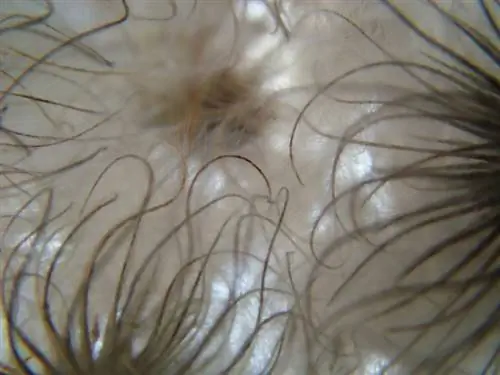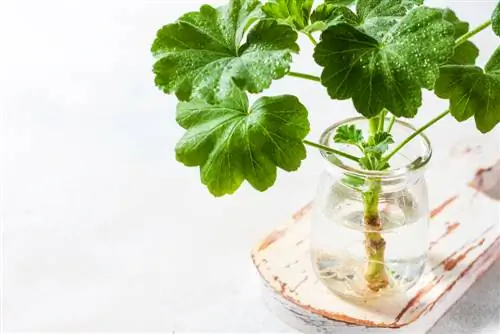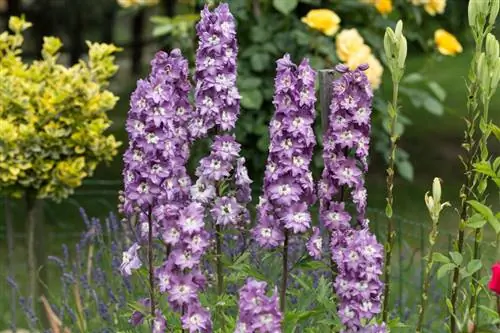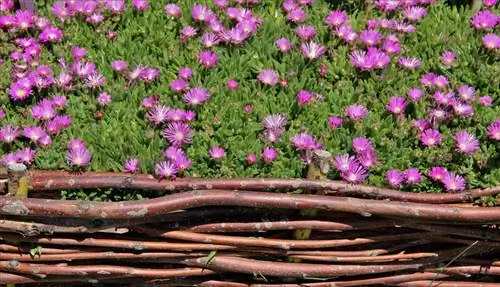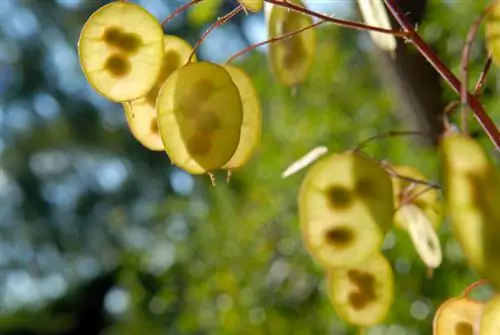- Author admin [email protected].
- Public 2023-12-16 16:46.
- Last modified 2025-01-23 11:20.
Sowing clematis is one of the ultimate challenges in cultivating this magnificent climbing plant. Anyone who has the patience to wait 12-36 months for germination will get the know-how here. This is how you sow the clematis correctly.
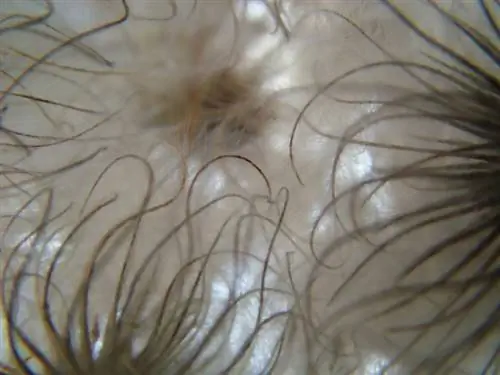
How do I sow clematis from seeds correctly?
To grow clematis from seeds, you need certified seeds (€6.00 on Amazon), seed tray, sterilized seed soil, disinfectant, glasses and low-lime water. Fill the seeds into compartments, cover them with sand, put the jars on top and create a warm, humid microclimate. Then expose the cold germinator to frost, keep it moist and ventilate daily.
It's this preparation that counts
Since clematis seeds are cold germinators, sowing them is more complex than with other ornamental and useful plants. In order for the seeds to be in the mood to germinate, they must be exposed to temperature fluctuations between frost and thaw. With adequate preparation you can set the course for a successful course of this variant of propagation. These materials are required:
- Certified seeds (€6.00 on Amazon)
- growing tray
- Sterilized seed soil
- Disinfectants
- Glasses
- Calciferous water
Since the germination of clematis seeds takes many months, all materials should be carefully disinfected to prevent mold and rot.
Step-by-step instructions for sowing
The individual compartments of the growing tray are filled three quarters with the growing soil and moistened well with water. Place 1 seed at a time on the substrate and sift the seeds 3-5 millimeters high with sand or vermiculite. In the next step, place a glass over each cultivation compartment to create a conducive, moist, warm microclimate underneath. This is how it continues:
- Place the clematis seeds in a shady location at 15 to 21 degrees Celsius
- Place the cold germinators in the garden throughout the winter so that they experience a frost cycle
- Keep the substrate constantly moist, because the clematis will not germinate in dry soil
- Air the glasses for a few hours every day
When germination begins, the two cotyledons develop first. The glass cover has now completed its task and falls away. Once the first true leaves of a clematis have formed above the cotyledons, transplant your young plants into larger pots or beds. If you cultivate a variety of clematis, it will take between 1 and 3 years.
Tips & Tricks
You can easily sterilize growing soil yourself. To do this, fill the substrate into a fireproof bowl and place the lid loosely on it. Place the container in the oven at 150 degrees for 30 minutes or in the microwave at 800 watts for 10 minutes.

